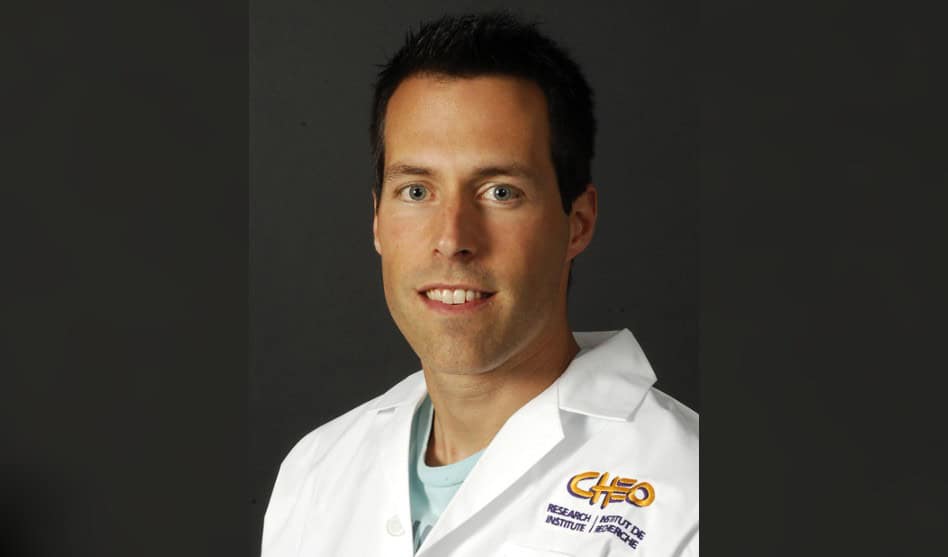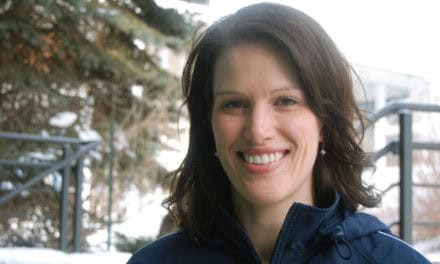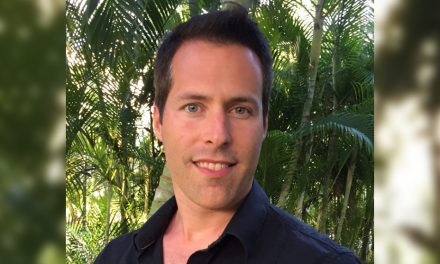HALO Scientist Dr. Jean-Philippe Chaput and HALO Director Dr. Mark Tremblay are among the authors on a paper, “Sleep characteristics and health-related quality of life in 9- to 11-year-old children from 12 countries,” that was recently published in Sleep Health. Citation details and a summary of the paper are below.
Xiao Q, Chaput JP, Olds T, Fogelholm M, Hu G, Lambert EV, Maher C, Maia J, Onywera V, Sarmiento OL, Standage M, Tremblay MS, Tudor-Locke C, Katzmarzyk PT; ISCOLE Research Group. Sleep characteristics and health-related quality of life in 9- to 11-year-old children from 12 countries . Sleep Health. 2019 Nov 4. pii: S2352-7218(19)30212-8.
Abstract
INTRODUCTION: Previous studies have linked short sleep duration, poor sleep quality, and late sleep timing with lower health-related quality of life (HRQoL) in children. However, almost all studies relied solely on self-reported sleep information, and most studies were conducted in high-income countries. To address these gaps, we studied both device-measured and self-reported sleep characteristics in relation to HRQoL in a sample of children from 12 countries that vary widely in terms of economic and human development. METHODS: The study sample included 6,626 children aged 9-11 years from Australia, Brazil, Canada, China, Colombia, Finland, India, Kenya, Portugal, South Africa, the United Kingdom, and the United States. Waist-worn actigraphy was used to measure total sleep time, bedtime, wake-up time, and sleep efficiency on both weekdays and weekends. Children also reported ratings of sleep quantity and quality. HRQoL was measured by the KIDSCREEN-10 survey. Multilevel regression models were used to determine the relationships between sleep characteristics and HRQoL. RESULTS: Results showed considerable variation in sleep characteristics, particularly duration and timing, across study sites. Overall, we found no association between device-measured total sleep time, sleep timing or sleep efficiency, and HRQoL. In contrast, self-reported ratings of poor sleep quantity and quality were associated with HRQoL.
CONCLUSIONS: Self-reported, rather than device-based, measures of sleep are related to HRQoL in children. The discrepancy related to sleep assessment methods highlights the importance of considering both device-measured and self-reported measures of sleep in understanding its health effects.
Click here to read the paper for free.




